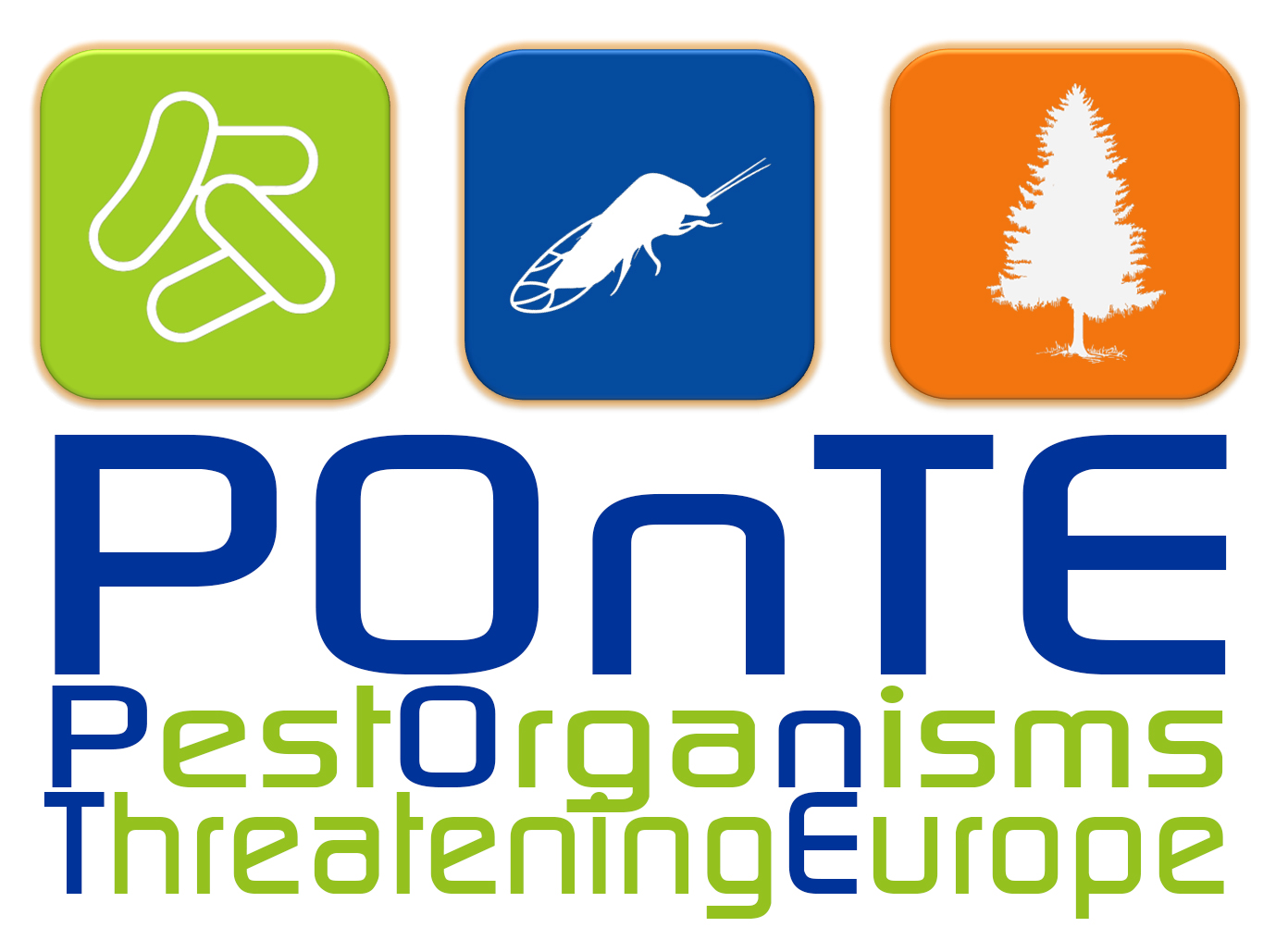Isolation of Xylella fastidiosa from plant stem tissues
A video showing the procedure to isolate Xylella fastidiosa from host plant stem tissues. The video was made in the laboratories of CNR-IPSP, Bari, Italy.
This author has not written his bio yet.
But we are proud to say that Staff contributed 525 entries already.
A video showing the procedure to isolate Xylella fastidiosa from host plant stem tissues. The video was made in the laboratories of CNR-IPSP, Bari, Italy.
A video showing the preparation of samples of Philaenus spumarius, to be tested for the presence of Xylella fastidiosa. The video was made in the laboratories of ANSES-LSV, Angers, France
ORIGINAL ARTICLE Fabien Labroussaa1, Michael Ionescu1, Adam Zeilinger1, Steven Lindow1, Rodrigo Almeida1 University of California, Berkeley, California, USA ABSTRACT Xylella fastidiosa colonizes the xylem network of host plant species as well as the foregut of required insect vectors to ensure its efficient propagation. Disease management strategies remain inefficient due to a limited comprehension of mechanisms […]
The upcoming Congress of the Mediterranean Phytopathological Union entitled “Plant health sustaining Mediterranean Ecosystems” will be held in Córdoba, Spain, from June 20-23, 2017. MPU meetings promote dissemination of the latest scientific advances and encourage dialogue and collaboration between researchers interested in all aspects of Phytopathology, especially those from Mediterranean countries. The meeting promises to […]
ORIGINAL ARTICLE W.A. Monger* and C.J. Jeffries Science and Advice for Scottish Agriculture (SASA), Roddinglaw Road, Edinburgh, EH12 9FJ, United Kingdom ABSTRACT ‘Candidatus Liberibacter solanacearum’ (CaLsol) is a phloem-limited bacterium that is the causal agent of the potato disease “zebra chip”. The disease was first seen in potato in Mexico and parts of Central America […]
POnTE NEWSLETTER | ISSUE 32 | February 08, 2017 is available at this link.
ORIGINAL ARTICLE Jinhui Wang1*, Minna Haapalainen1 , Thomas Schott2, Sarah M. Thompson 3,4, Grant R. Smith3,4,5, Anne I. Nissinen6, Minna Pirhonen1 1Department of Agricultural Sciences, FI-00014 University of Helsinki, Helsinki, Finland 2Herne Genomik, Neustadt, Germany 3The New Zealand Institute for Plant & Food Research Limited, Lincoln, New Zealand 4Plant Biosecurity Cooperative Research Centre, Canberra, ACT, […]
ORIGINAL ARTICLE M.J. Costello, S.J. Steinmaus, C.J. Boisseranc ABSTRACT Pierce’s disease (PD) of cultivated grape, Vitis vinifera, caused by the bacterium Xylella fastidiosa (Xf) and transmitted by xylem-feeding insects, can lead to vine decline and death. Infection and expression of PD among or within vineyards vary, depending on known environmental variables, such as climate and Xf vegetative […]
ORIGINAL ARTICLE Jessica T. Wen1,2, Polrit Viravathana3, Brian Ingel3, Caroline Roper3, Hideaki Tsutsui1,2 1Department of Mechanical Engineering, University of California, Riverside, CA, USA 2Department of Bioengineering, University of California, Riverside, CA, USA 3Department of Plant Pathology and Microbiology, University of California, Riverside, CA, USA ABSTRACT This study presents a sensor strip for user-friendly, naked-eye detection […]
In the Official Journal of the Italian Republic of January 31, 2017, has been published the Decree of the Ministry of Agriculture, Food and Forestry Policies of December 7, 2016, concerning the “Emergency Measures for the prevention, control and eradication of Xylella fastidiosa (Well and Raju) in the territory of the Italian Republic”. The new […]
We may request cookies to be set on your device. We use cookies to let us know when you visit our websites, how you interact with us, to enrich your user experience, and to customize your relationship with our website.
Click on the different category headings to find out more. You can also change some of your preferences. Note that blocking some types of cookies may impact your experience on our websites and the services we are able to offer.
These cookies are strictly necessary to provide you with services available through our website and to use some of its features.
Because these cookies are strictly necessary to deliver the website, refusing them will have impact how our site functions. You always can block or delete cookies by changing your browser settings and force blocking all cookies on this website. But this will always prompt you to accept/refuse cookies when revisiting our site.
We fully respect if you want to refuse cookies but to avoid asking you again and again kindly allow us to store a cookie for that. You are free to opt out any time or opt in for other cookies to get a better experience. If you refuse cookies we will remove all set cookies in our domain.
We provide you with a list of stored cookies on your computer in our domain so you can check what we stored. Due to security reasons we are not able to show or modify cookies from other domains. You can check these in your browser security settings.
These cookies collect information that is used either in aggregate form to help us understand how our website is being used or how effective our marketing campaigns are, or to help us customize our website and application for you in order to enhance your experience.
If you do not want that we track your visit to our site you can disable tracking in your browser here:
We also use different external services like Google Webfonts, Google Maps, and external Video providers. Since these providers may collect personal data like your IP address we allow you to block them here. Please be aware that this might heavily reduce the functionality and appearance of our site. Changes will take effect once you reload the page.
Google Webfont Settings:
Google Map Settings:
Google reCaptcha Settings:
Vimeo and Youtube video embeds:
The following cookies are also needed - You can choose if you want to allow them:
You can read about our cookies and privacy settings in detail on our Privacy Policy Page.
Privacy Policy